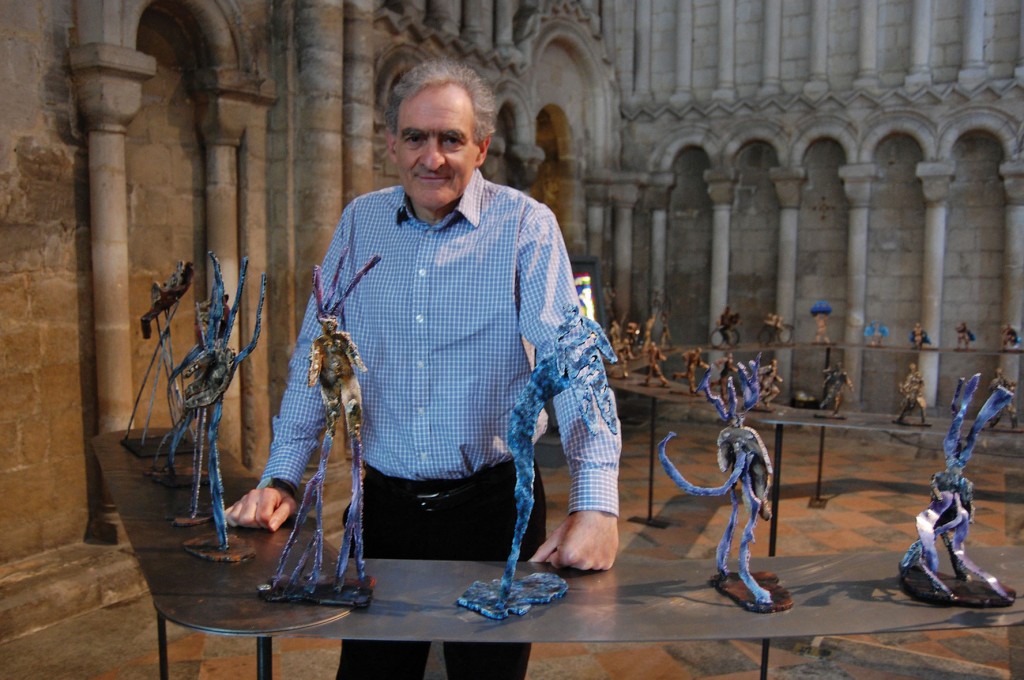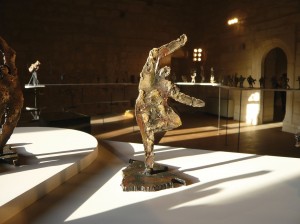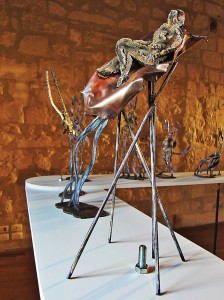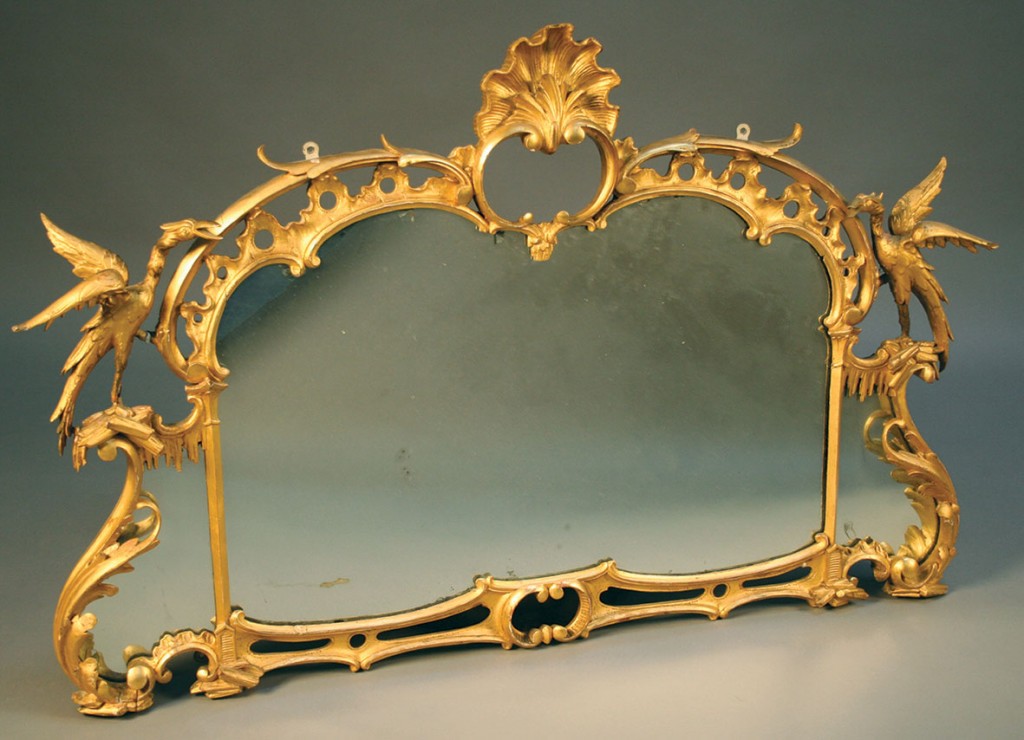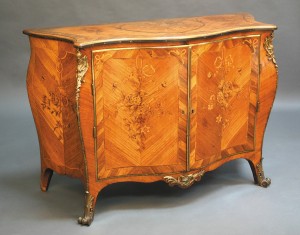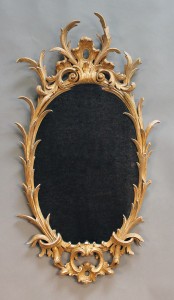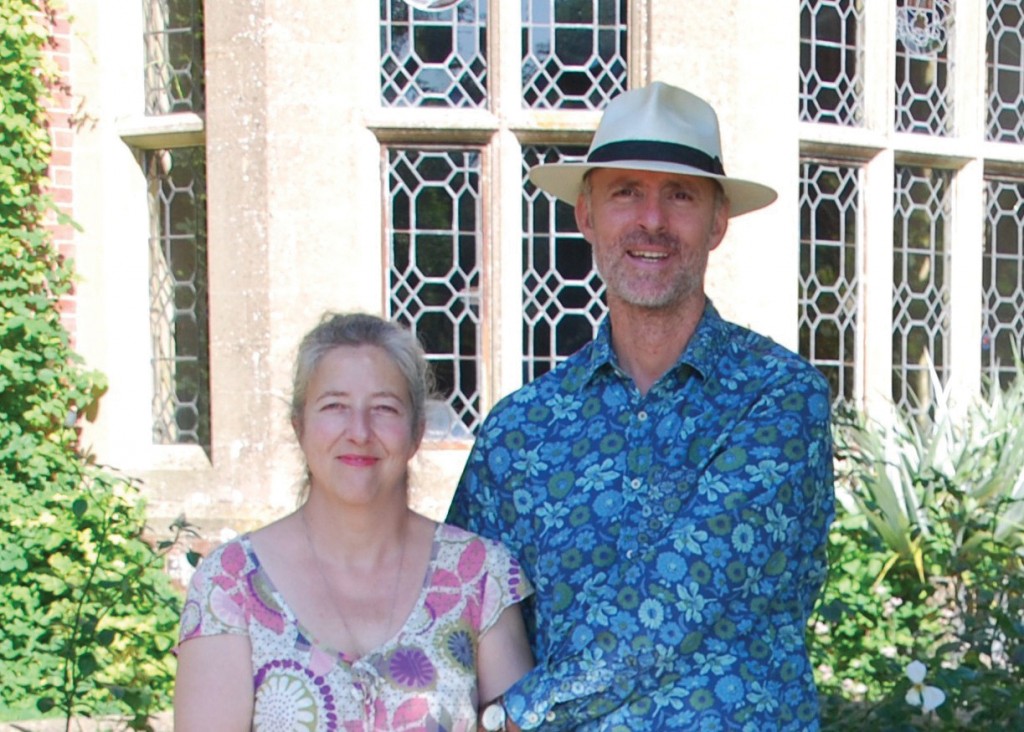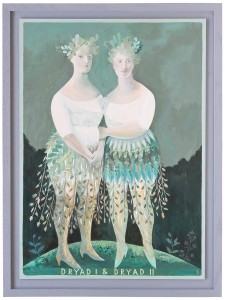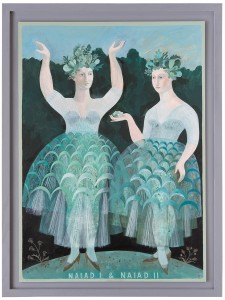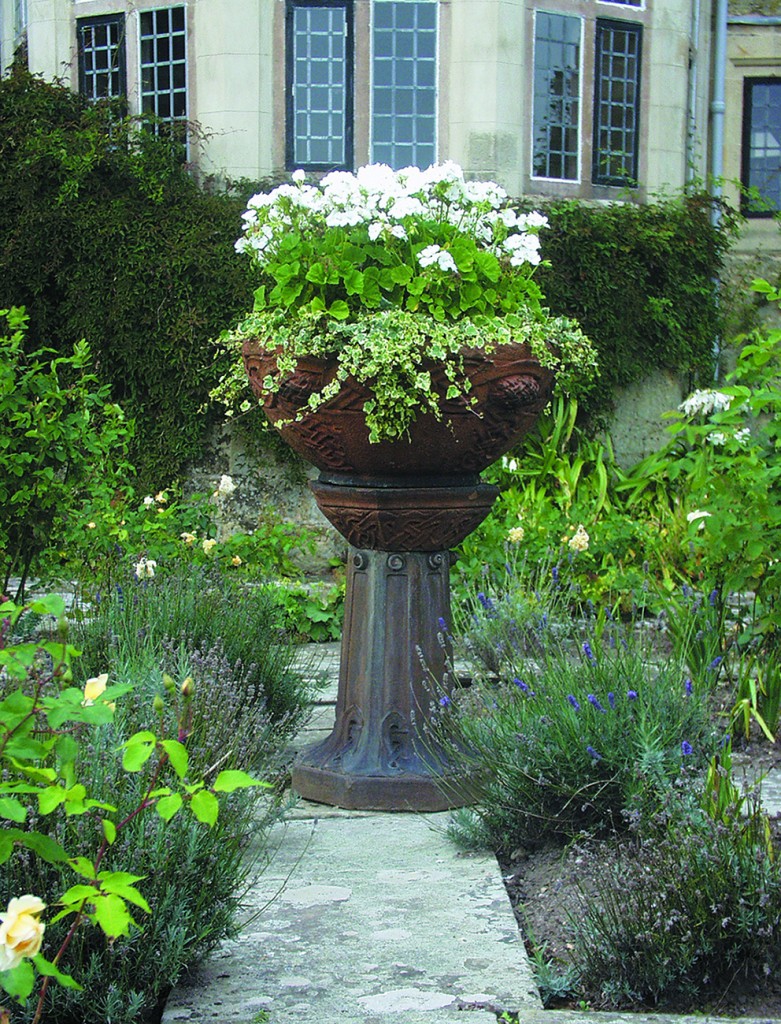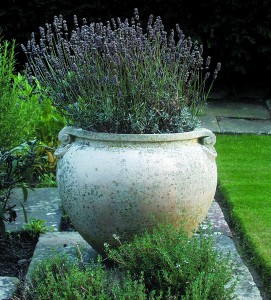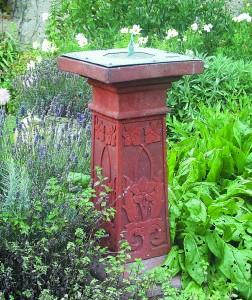
Excitement is building amongst Whovians as the 50th Anniversary of Doctor Who approaches. Fans of Doctor Who will know that in the stories it was the evil Davros who created the deadly Dalek race. However, it was in fact the writer, Terry Nation, who dreamt up the Daleks. But few will be aware that the man who gave the Daleks form was prop-designer and artist Raymond Cusick. Raymond Cusick lived in Horsham securing the town a place in the Doctor Who story. This important connection is being marked by an exhibition at the Horsham Museum & Art Gallery of Doctor Who memorabilia including a Dalek! The exhibition, ‘2D Adventures in Time and Space: An Unofficial Doctor Who Exhibition’, is the perfect half-term treat, entry is free and it runs until 1st January 2014.
We all know what a Dalek is but what sort of Doctor Who creature is a Whovian? In recent years a teenage generation have grouped themselves into fandoms. So if you can’t resist Benedict Cumberbatch as Sherlock Holmes you are a Sherlockian. But if the debate in your household is whether you are most looking forward to seeing Matt Smith, David Tennant or John Hurt as the Doctor, in the 50th Anniversary Special to be screened on 23rd November, then you are Whovians.
The exhibition is the inspiration of Horsham Museum Curator Jason Semmens who has been a fan of the show since he was three years old. “Doctor Who was the hero of a range of cartoon strips published in various comics and annuals from the mid-1960s onwards” Jason explains, “The artwork for the comics are much larger than the comic books and have real visual impact.” I ask him what his particular favourites are, he responds “The TV21 magazine Dalek cartoon strip from the 1960s is vibrant and fun and the weekly cartoon strips from 1980 with Tom Baker in them are also really good.”
For me the highlight of the exhibition is the Dalek shown here with Horsham District Council’s Head of Museums and Heritage, Jeremy Knight and Whovian, Emma Toovey. I still find them menacing. An episode of Doctor Who is guaranteed to make me jump out of my skin in fright. Laughing Emma says “You’re as frightening as the Doctor Who monsters when you do that Dad!” She has a point.
Jason Semmens’ favourite Doctors are Tom Baker and the earlier Patrick Troughton. Each generation will have their favourite Doctor but what unites us is our delight in the stories and our shared experience of hiding behind the sofa. For me the latest batch of Doctors have been exceptional with the alien quality of Christopher Eccleston, David Tennant’s emotion, passion and energy and Matt Smith’s compassion, courage, determination and humour, not to mention his Harris Tweed jacket and catch phrase “bowties are cool”, I could not agree with him more.
You don’t need a Tardis to travel back in time just a trip to the Horsham Museum & Art Gallery as witnessed by Emma Toovey and K9 transported back to late Victorian Horsham’s P. Williams & Co pharmacy from West Street.
Many of us now come from generations where our shared memories are often caught up with TV and Film. The ‘2D Adventures in Time and Space: An Unofficial Doctor Who Exhibition’ captures something of our own childhood stories brilliantly. Toys also reflect childhood memories. For example, model railways speak to a generation whose childhoods were defined by a passion for steam engines and an ambition to drive them. For the TV and Film generation toys as iconic as a James Bond 007 Corgi Aston Martin DB5, or a Corgi Batmobile, capture their imaginations in a similar way. Indeed Toovey’s toy sales are a boom market!
The Horsham Museum & Art Gallery, according to published information, is the third most visited heritage attraction in Sussex. This is an extraordinary achievement which speaks of the importance all of us place on our common history and heritage. The economic impact of these visitors is profoundly important to Horsham and the broader Horsham District’s businesses and economy. Councillors like Jonathan Chowen understand this. Thanks to them The Horsham District Council continues its important involvement in supporting the museum, the hard work and dedication of its Curator, Jason Semmens and Head of Museums and Heritage, Jeremy Knight. All involved deserve to be applauded.
Be transported back in time this half term at the Horsham Museum & Art Gallery and delight in ‘2D Adventures in Time and Space: An Unofficial Doctor Who Exhibition’. Don’t miss that marvellous Dalek – entry is free! For more information go to www.horshammuseum.org or telephone the museum on 01403 254959.
By Revd. Rupert Toovey. Originally published on 23rd October 2013 in the West Sussex Gazette.
